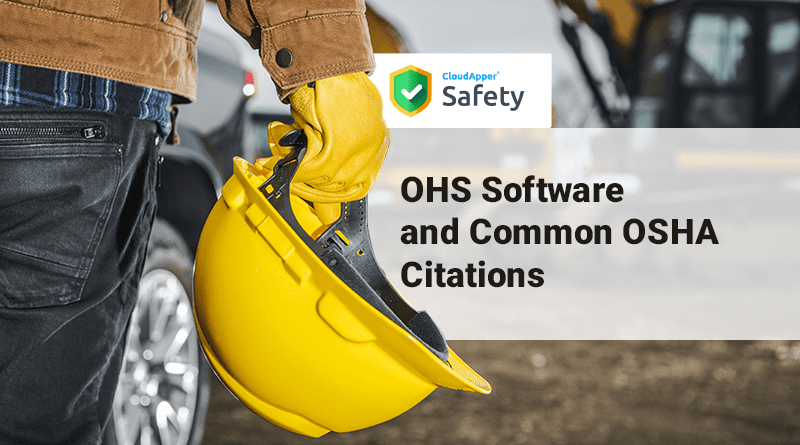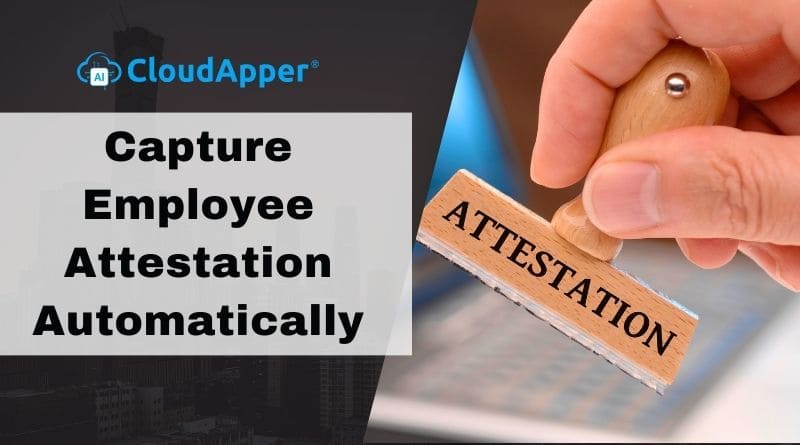There is a broad range of workplace injuries that can be avoided with the correct health and safety standards in place. In reality, developing, implementing, and enforcing such procedures is one of the tasks of organizations like OSHA, with the purpose of making workplaces safer for everyone.
These injuries can be avoided if suitable mechanisms are put in place by occupational health workers. However, keeping track of action plans, analyzing risks, and establishing clear rules is not always easy, especially for large organizations. Multiple printed manuals, accident spreadsheets, and unstructured training manuals can all derail efforts to prevent identified workplace hazards. Despite the fact that there are a variety of solutions available to address these issues, many organizations have found that OHS software is the most effective tool for meeting their objectives.
Let’s look at how a software solution can help with three of OSHA’s most prevalent citations: respiratory protection, fall protection, and eye and face protection.
Respiratory Protection
According to OSHA figures, about 5 million workers in 1.3 million workplaces in the United States are required to wear respirators. This means that these employees are working in environments where significant levels of pollutants could be present, which they could inhale.
Occupational health professionals are concerned about ensuring that such employees not only have access to, but also use, the appropriate equipment. Individual worker profiles can be created using OHS software, which explain the areas each employee works in, the equipment they require, and any occupational injuries they may have incurred. Occupational health managers can compare injury statistics to the data provided about personnel and their shifts to see if equipment is being utilized correctly. The software can instantly provide a risk analysis, and if one shift has a high rate of injury or illness linked to breathing in particulate matter, the manager can quickly identify that either the equipment is being utilized incorrectly or that there is a defect. Risk and exposure can be reduced by using the vital statistics supplied.
Fall Protection
Falls are among the most prevalent workplace injuries, and they can result in soft tissue injuries as well as chronic back pain, among other issues. There are several rules in place to prevent falls, and one of the most crucial is that workers keep their work areas clean. This can include making sure fall protection is in place based on the height of the work platform, as well as keeping floors as clean and dry as possible.
One thing OHS software can do to help with fall prevention is create an automated reporting system so workers can quickly check off if areas have been kept clean or dry, or report if an area does not meet industry standards, such as a railing that needs to be fixed or a persistent leak that is causing slick floors. Instead of writing it down in a log for the next shift manager to see, being able to swiftly report these things electronically and tell management is one of the best methods to keep a workplace safe.
Eyes and Face Protection
Blindness is a serious injury that can occur in workplaces where chemicals and mechanical irritants are present. Permanent blindness or vision loss can have a significant influence on a worker’s job prospects and quality of life, and it should be avoided at all costs. Software, specifically occupational health manager software, can be used to deliver a variety of EHS solutions. Occupational health managers can swiftly analyze high-risk areas that may require additional safety measures to keep workers out of harm’s way when software is employed. If a new chemical is introduced in a plant that has the potential to be hazardous if a worker is exposed, the management can update the software to reflect this and implement an action plan and training module to teach staff how to be safe while working with the new chemical.
Conclusion
Workplaces can be full of both foreseen and unanticipated dangers. An occupational health manager’s job is to do everything possible to detect and mitigate these risks by providing people with the tools and training they need to execute their jobs safely and efficiently. In the fight against workplace injuries, OHS software is a valuable tool.



















